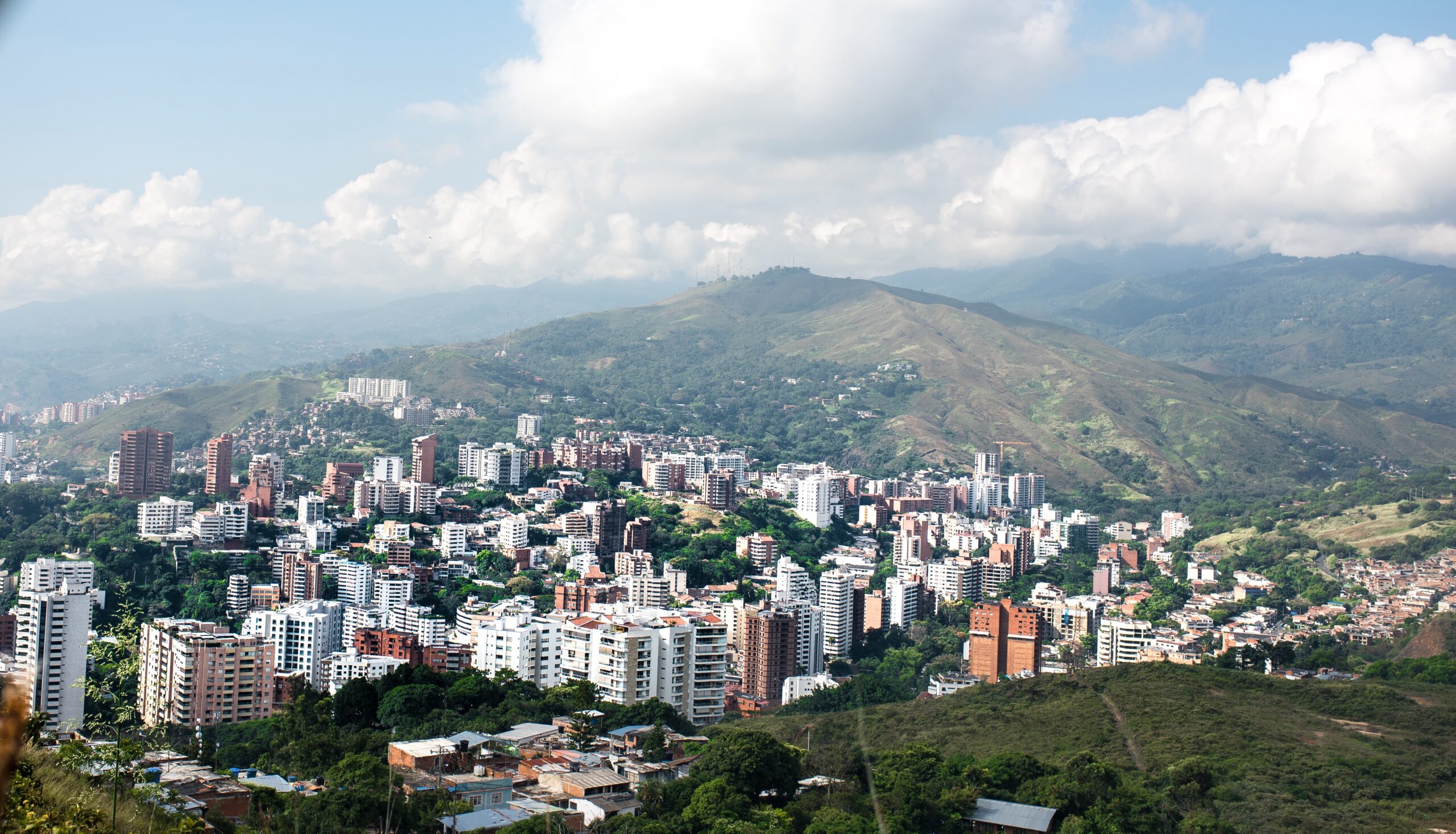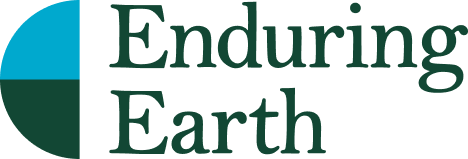Bridging the Financial Gap to Deliver the Biodiversity Plan
How Environmental Funds can drive collaboration and manage sustainable financing to halt the loss of nature
By Leonardo García Molina, Costa Rica por Siempre
August 14, 2024: In less than 70 days, representatives from 196 countries will gather in Cali, Colombia, for the 16th meeting of the Conference of the Parties for the Convention on Biological Diversity – referred to as COP16 CBD. Attendees from government, Indigenous leadership, science and academia, civil society, and the business sector, will assess action to halt and reverse the loss of nature, and discuss progress on the 2030 targets and 2050 goals of ‘The Biodiversity Plan’.
Sustainable financing and the means to implement this funding will be key themes of conversation, as financial resources are critical for achieving the agreed goals and targets. This is where Environmental Funds have a key role.
Today there are over 100 environmental funds operating globally, driven by a common goal: to financially manage mechanisms, projects, and programs at various scales for biodiversity conservation. This is achieved through a solid framework of accountability and transparency.
In recent years, two networks of environmental funds have engaged in the international negotiations: RedLAC – Latin American and Caribbean Network of Environmental Funds, created in 1999, with 32 members; and CAFÉ, Consortium of African Funds for the Environment, created in 2011, with 19 members.
RedLAC and CAFÉ are communities that focus on knowledge sharing, learning, capacity building, and cooperation, aimed at the conservation and sustainable use of biodiversity, natural resources, ecosystem services, and innovation in conservation finance in Africa, Latin America, and the Caribbean. Together, the member funds of these networks support the conservation of 50% of the planet’s tropical forests, 33% of the total reptile species, and 50% of the world’s birds. This is no small feat.
Joining forces around a common goal to strengthen mutual knowledge between the networks, in 2015, RedLAC and CAFÉ implemented the K Project, which was funded by the French Global Environment Facility (FFEM). The initial phase of this work ran through 2018, at which time the BRIDGE Project was established, which is aimed at generating and promoting innovative financial mechanisms with the private sector that contribute to the 2030 global goals.
BRIDGE is a four-year initiative (2022-2026) supported technically and financially by FFEM and the MAVA Foundation, seeking to actively and strategically link the environmental funds of both networks with the private sector in Latin America, Africa, and the Caribbean. Countless studies, research, and reports clearly and repeatedly point out the global financing gaps to halt and reverse biodiversity loss and environmental degradation in all its forms.
In this crossroads for nature and people, it is clear that we cannot tackle the challenges we face alone. Efforts require collaboration across sectors.
The BRIDGE Project directs its activities under three major components:
Innovation Fund with the Private Sector: RedLAC and CAFÉ members receive technical support and seed capital to implement innovative financial mechanisms in collaboration with private sector actors. Ten environmental funds were selected, receiving between €50,000 and €150,000 for projects on various topics, such as blue carbon bonds in Mauritania, green savings accounts to support the Peruvian Amazon, corporate environmental compensation mechanisms in Madagascar, shared risk solutions for the conservation of the Mesoamerican reef, and a social enterprise leveraging semi-endemic plant derivatives in Malawi, among others.
Exchange and Capacity Building in Private Financing: to learn how to relate to and collaborate with the private sector. In 2024, we launched the Mentorship Program, selecting ten mentorship experiences benefiting 23 environmental funds. We will soon start the Working Groups Program, offering opportunities to share knowledge, transfer learnings, and improve mutual collaboration for engaging with the private sector. Topics for these groups include communication with the private sector, fundraising and financial sustainability, financing mechanisms around nature-based solutions, monitoring and impact evaluation, and knowledge exchange and operation of environmental funds.
Long-term Knowledge Creation and Management: to produce a learning system that systematizes best practices and experiences of the members of the networks of environmental funds, we aim to create a comprehensive platform that enables a documentation repository, provides learning opportunities (such as courses, certifications), promotes practical networking, and offers relevant, updated, and interesting information for our member funds. Additionally, we have made a great effort to update and improve the 2020 edition self-assessment tool of the Environmental Funds Practice Standards (Bath et al. 2020). This was an inter-institutional work that brought to the table the network secretariats, Conservation Finance Alliance (CFA), Impact House of Grant Thornton, and the BRIDGE Project.

From October 21 to November 1, 2024, Cali, Valle Del Cauca, Colombia will host the 16th meeting of the Conference of the Parties for the Convention on Biological Diversity – referred to as COP16 CBD
The practice standards self-assessment tool offers ease of use, online accessibility, and multilingual guidance in English, Spanish, and French. This enables an increasing number of environmental funds, or similar institutions, to periodically self-assess based on the Practice Standards, specifically on themes such as governance, asset management, programs, institutional effectiveness, fundraising, risk management, and administration.
The tool itself simplifies the self-assessment process and provides easily understandable results. It also offers an intuitive approach to evaluating performance based on the environmental fund’s development stage or other relevant aspects in its context. Based on the obtained results, it also offers practical considerations and links to relevant external resources that can help improve compliance with the Practice Standards and the overall performance of the organization. The goal is to foster continuous improvement of these organizations and increase their impact.
We relate this tool to the Greek maxim that refers to “knowing oneself to know the universe and the gods.” Because this practical self-assessment exercise allows us to open our eyes, reflect introspectively, and proactively implement the necessary changes to strengthen the operational capacities of our environmental funds. This process will inevitably translate into stronger, more transparent, and impactful projects and initiatives to conserve ecosystems, species, and natural capital around the planet.
Guest author, Leo García Molina, is the BRIDGE project coordinator, Costa Rica por Siempre
